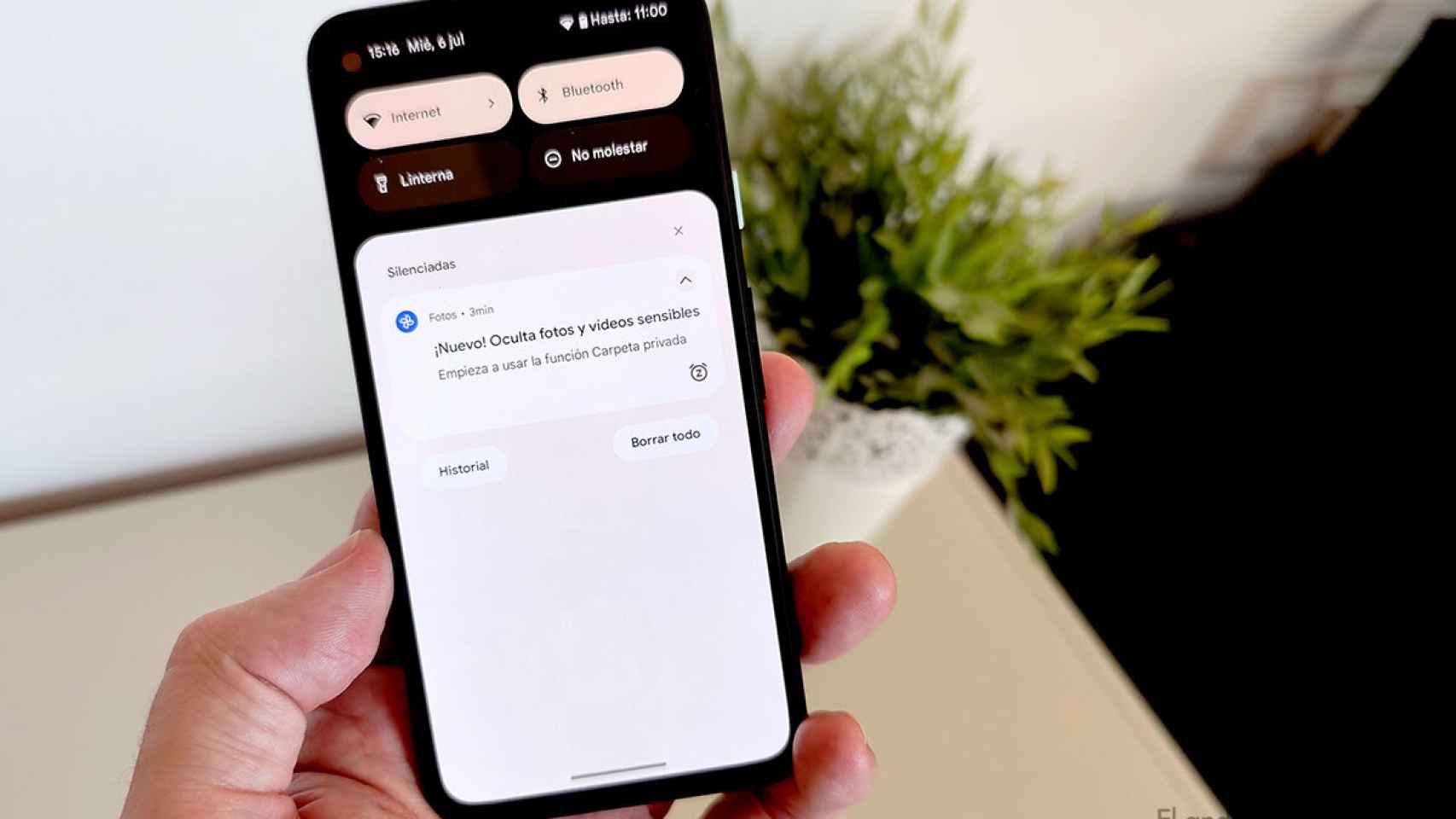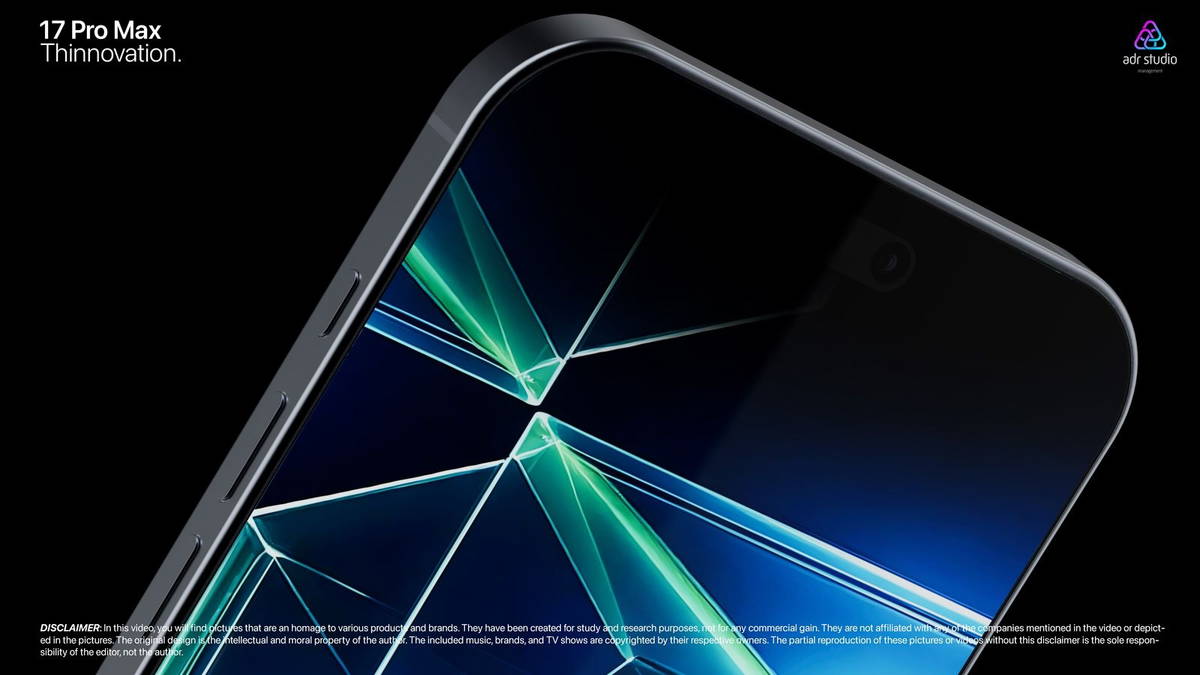There’s a lot to be said for the pleasures of anticipation, but at some point, what you’re waiting for just may not live up to your expectations. It builds too much and can only disappoint. Which brings me to the 7th generation iPad mini.
The latest mini has been a long wait: the 6th generation model was revealed three years, a month and a day ago. Which makes it all the stranger that the new tablet was announced via the discreet means of an emailed press release rather than with the fanfare of a media event broadcast to millions around the world. Why so shy, Apple? Because it wasn’t very interesting.
The main difference between the new iPad mini and the one released in 2021 is the inclusion of an A17 Pro processor instead of an A15. This is a solid improvement in power and, more importantly (as far as Apple is concerned, anyway), it means that the new device is capable of running Apple Intelligence. But it won’t significantly change your daily experience, as the A15 is still a usable chip and the iPad mini is overwhelmingly used for media consumption, email, web browsing, and light gaming. Apple Intelligence needs the A17, but you probably don’t.
And the rest of the changes are small tweaks. The physical design is the same, including that sad portrait-oriented FaceTime camera, and while the colors have changed a bit, they’ve done so for the worse: the pink is gone and the purple is less vibrant. Elsewhere, the USB-C port supports faster data transfers, Wi-Fi and Bluetooth have been updated to newer standards, it supports the Apple Pencil Pro and starts at 128GB storage instead of 64 GB. And photos may look slightly better in difficult lighting, as Smart HDR 3 has been replaced by Smart HDR 4.
Does this set of iterative changes and upgrades adequately represent three years of technological progress? No. Is this enough of an upgrade for owners of the 6th generation mini to get the new model? No. Is this a disappointment? Yes. Should you buy a cheaper iPad mini 6 before stock runs out? Yes too.
The worst part, however, is not that so little has changed. The worst part is that now that this model has been officially announced, we know that nothing will change within a year. at least. And we’ll probably wait another three years for the iPad mini to finally benefit from a landscape camera and a new design.
This is not the first long-awaited disappointment from Apple in recent years. In fact, it’s not even the first this season: the “new” AirPods Max announced just a month ago failed to remedy any of the shortcomings of the original headphones or even add any of the developments audio that have appeared since their launch a long time ago. 2020. Before that, the Mac Pro 2023 arrived four years after its predecessor, but kept the same design, didn’t let you upgrade the RAM or GPU after purchase, and generally offered no reason why it was supposed to exist alongside the much more attractive Mac Studio.
There’s something about the long gaps between product generations that fills me with trepidation. When I think about my favorite Apple updates – the iPod nano, the iPhones 4 and X, the Apple Watch Series 2 – they all closely followed their predecessors, because those lines were alive and well. In each case, Apple had a good product with a lot of interest and potential, knew how it wanted to improve it, and got to work. If you wait three or four years for an update, that usually means it’s already perfect (unlikely) or the manufacturer isn’t sure it’s worth keeping the product alive. Regardless, the sequel is unlikely to set the world on fire.
In the end, those who have been waiting for an update to buy a new iPad mini will probably wish Apple wouldn’t bother. No update is better than a half-baked apology for an update, because at least the first one lets you hope for better things to come. And there is much to be said for the pleasures of anticipation.









